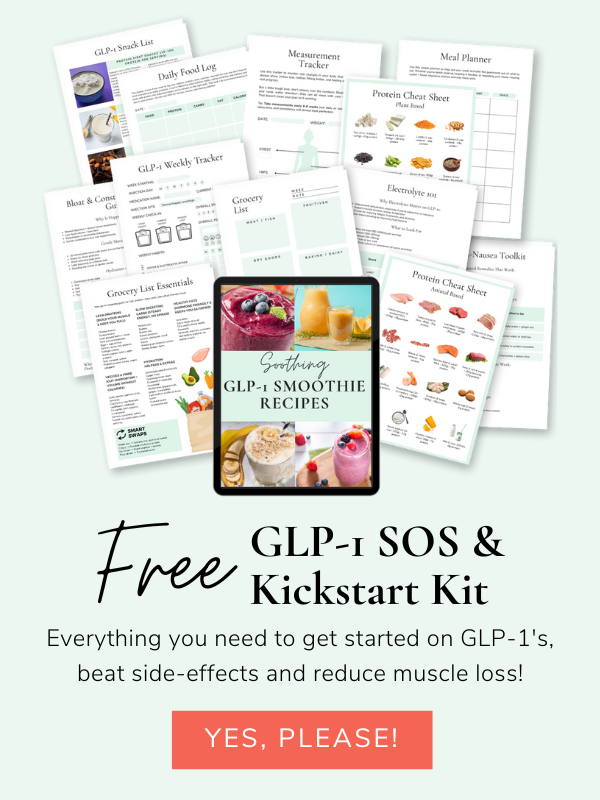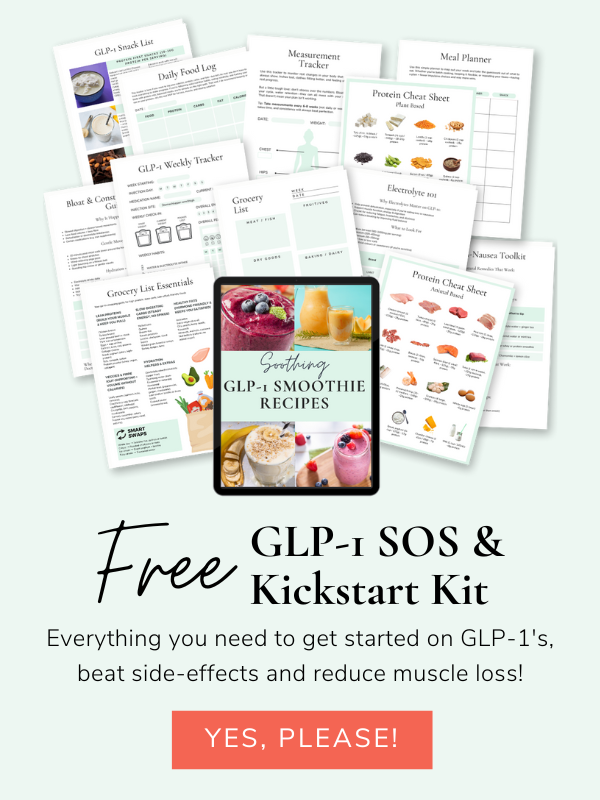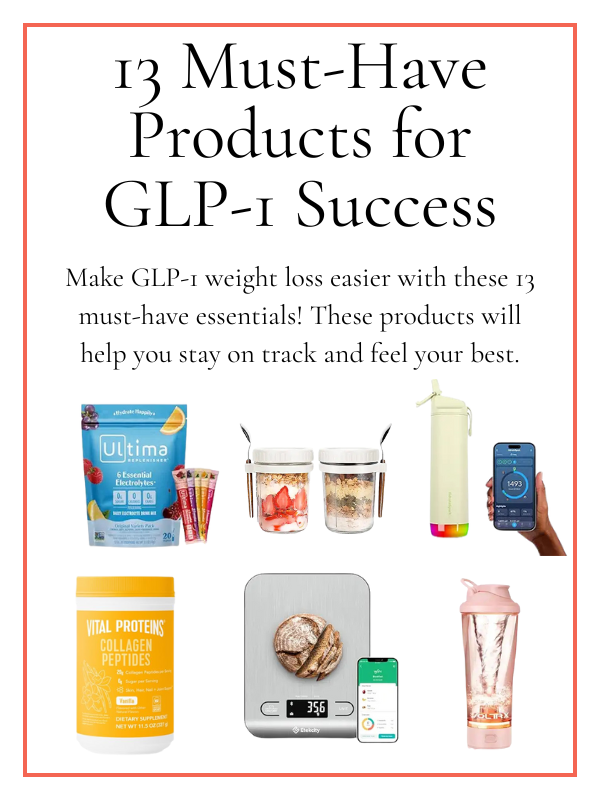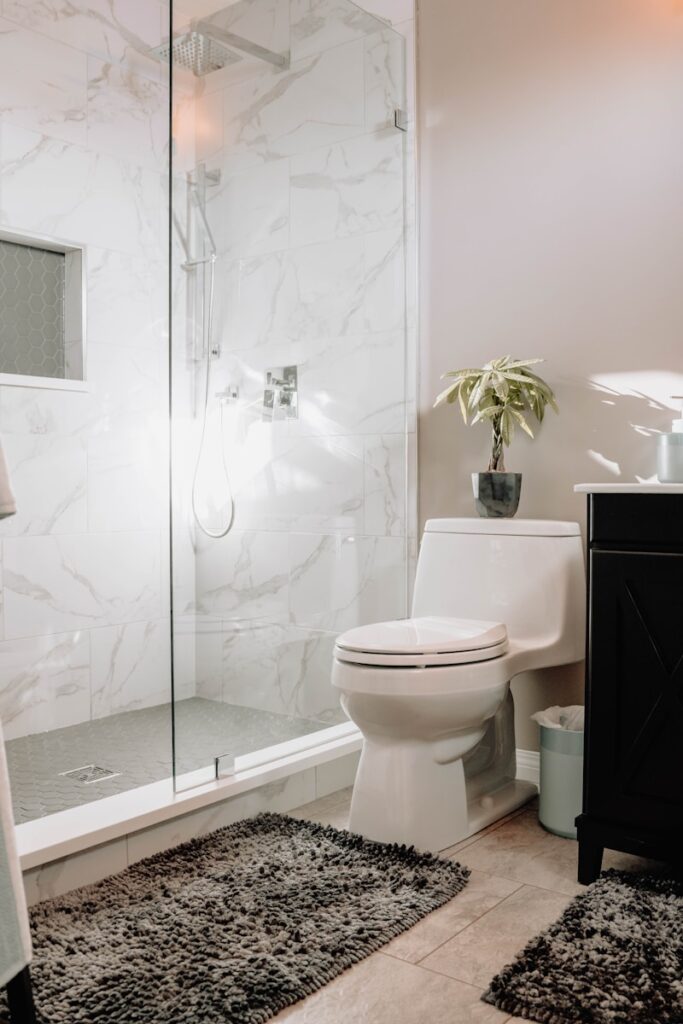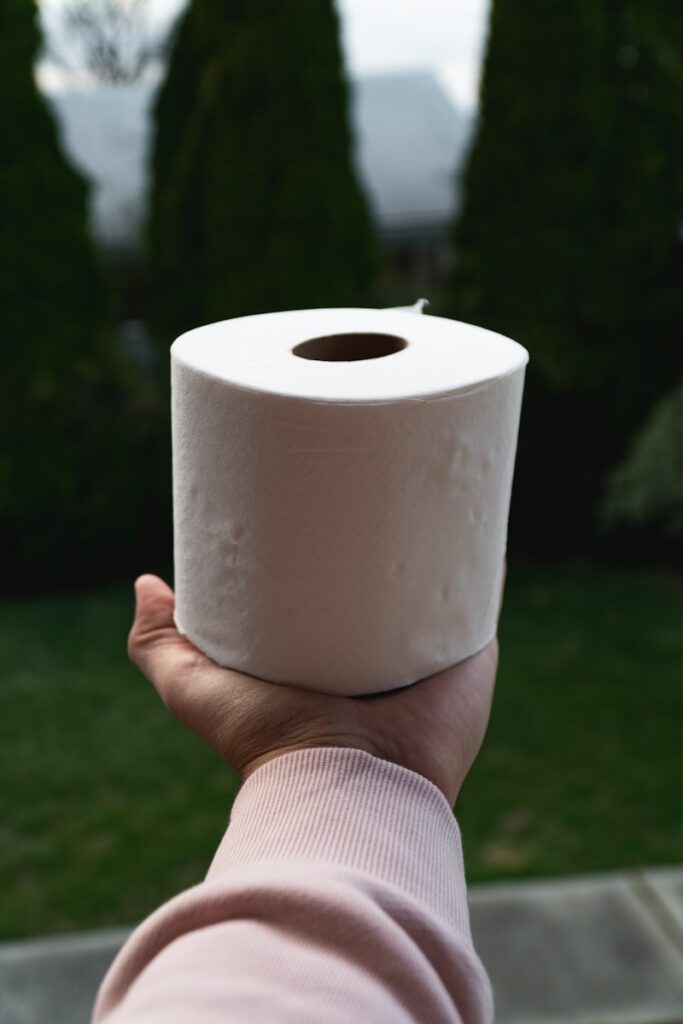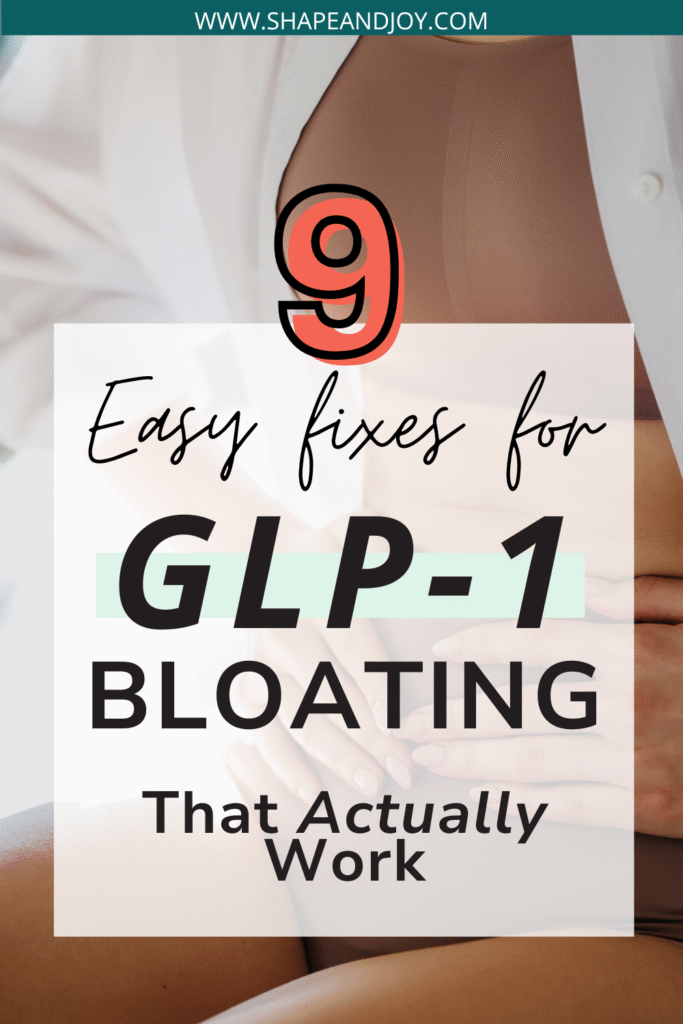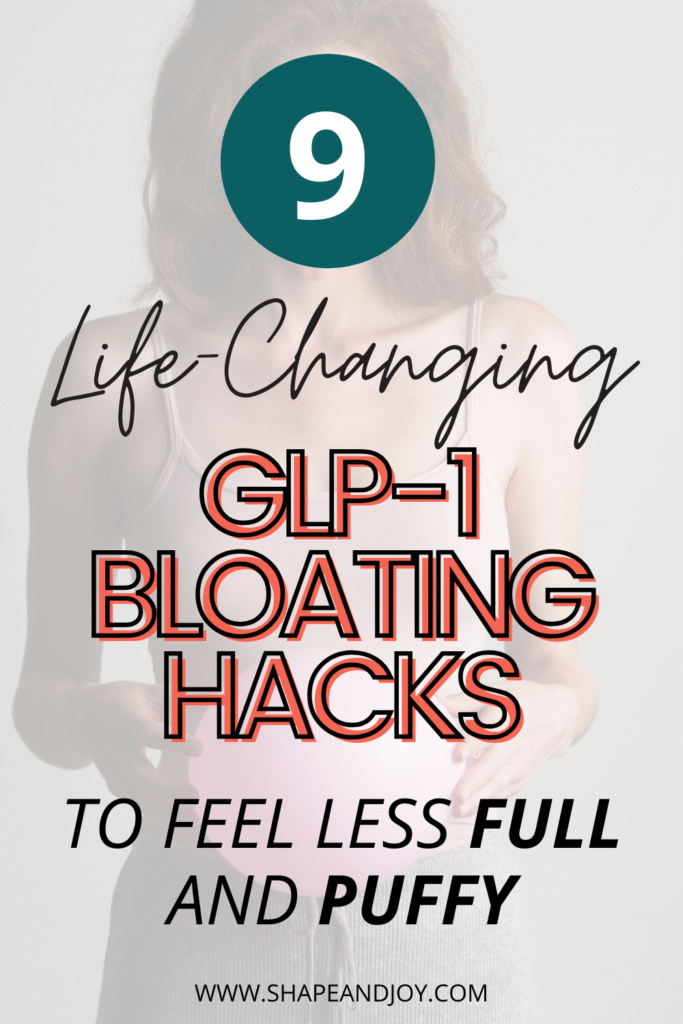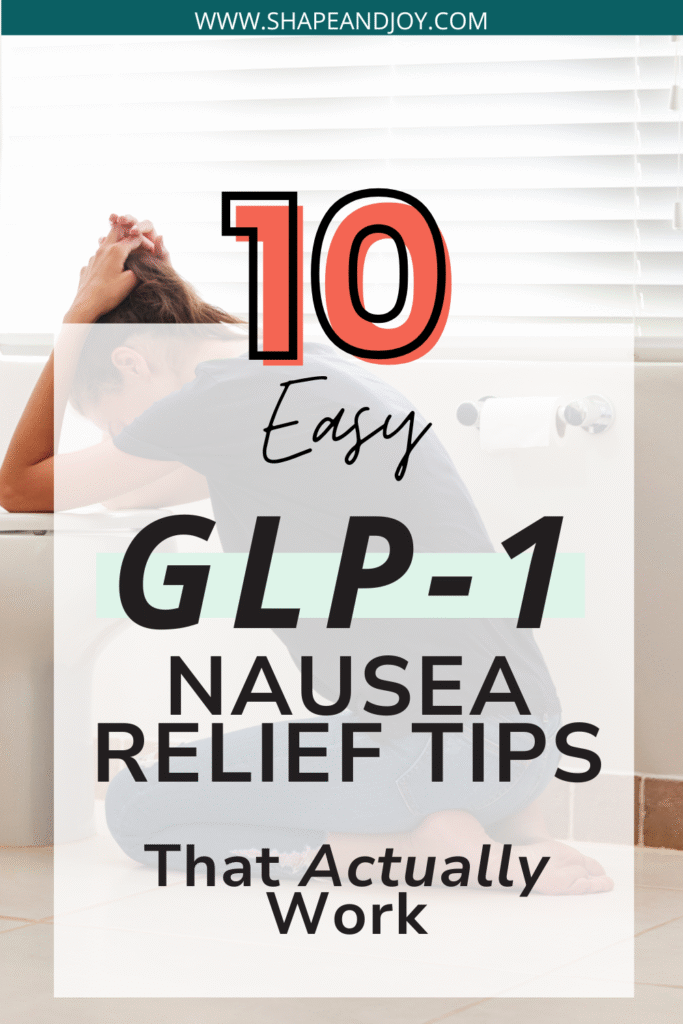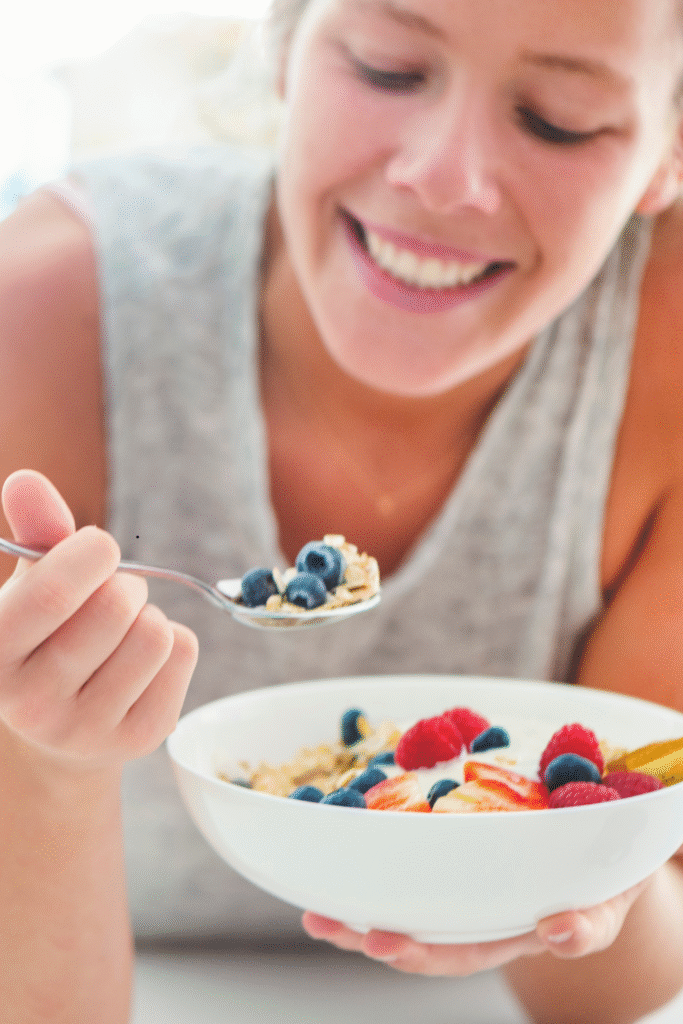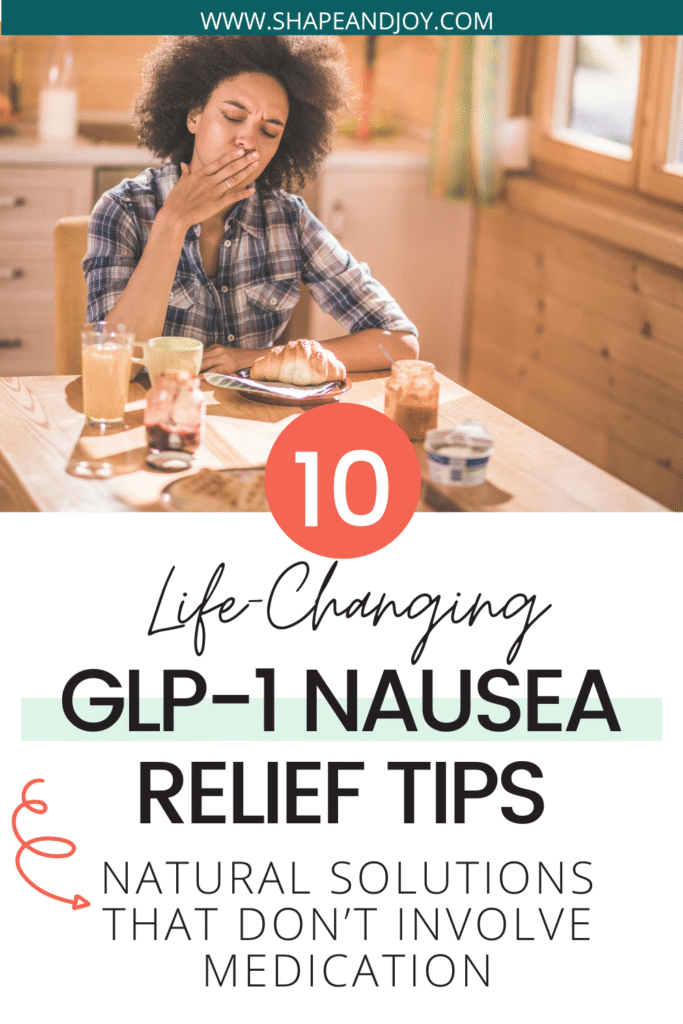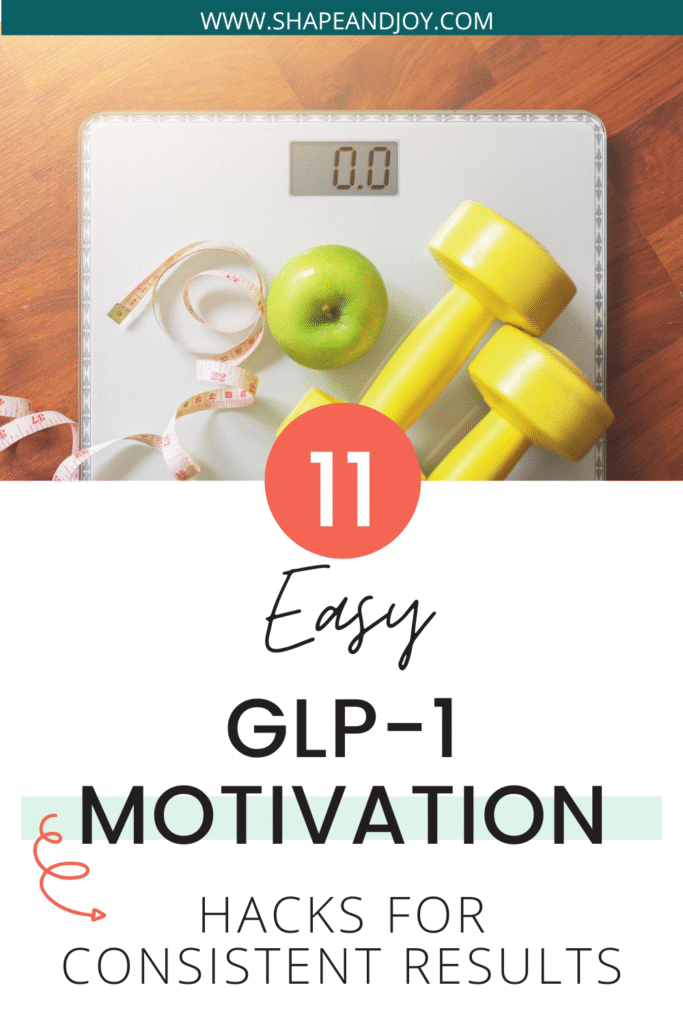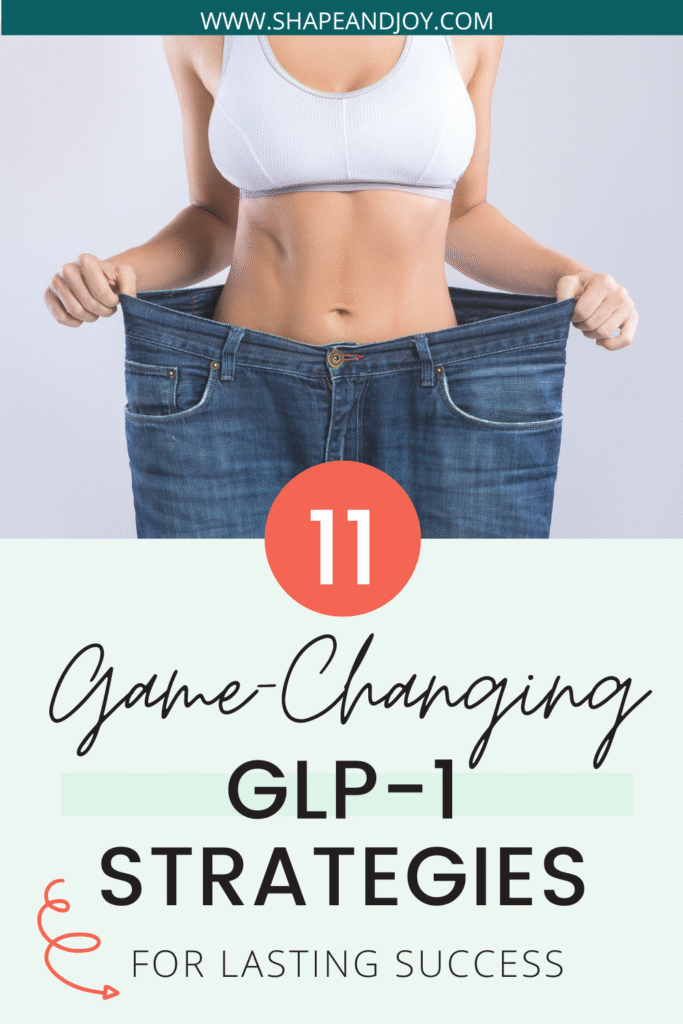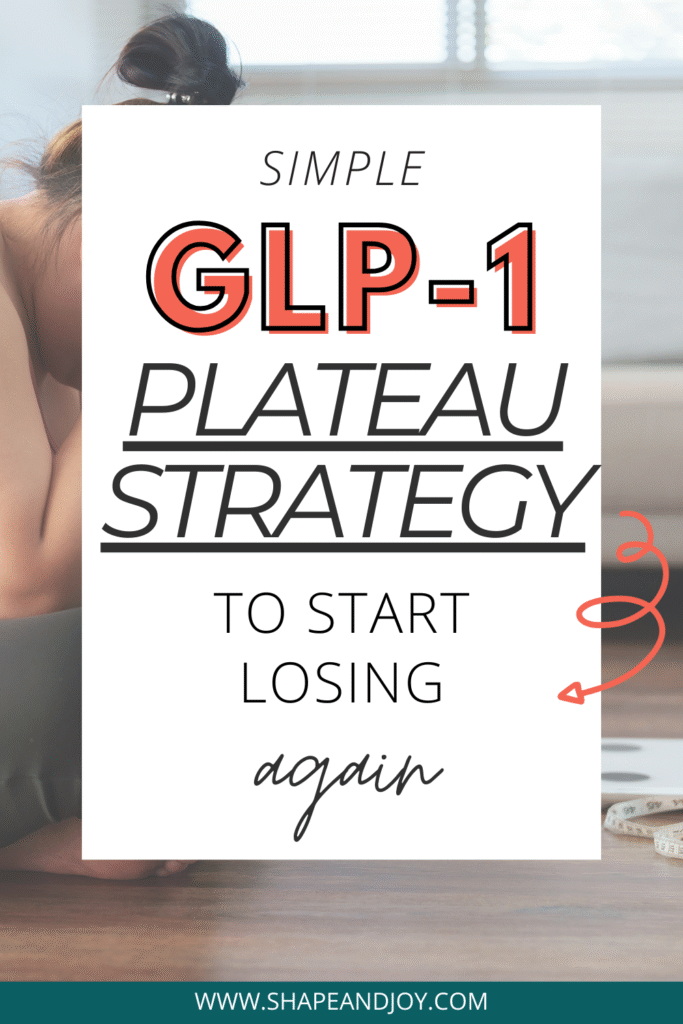10 Habits That Help You Stay on Track After GLP-1s

Regaining structure and balance can feel tricky when the appetite suppression starts fading. But trust me, to stay on track after GLP-1s doesn’t have to mean white-knuckling every craving or obsessing over the scales again.
With the right habits, you can feel in control, energised, and totally in sync with your body, without the meds doing all the heavy lifting.
Whether you’re coming off Zepbound, Mounjaro, or Tirzepatide, this post will walk you through ten no-fuss, high-impact habits to help you maintain weight, rebuild confidence, and actually enjoy your food and routine again.
We’ll talk food structure, movement, mindset shifts, and the sneaky tricks your future self will thank you for.
So let’s dive into the daily habits that’ll help you stay on track after GLP-1’s, keep you grounded, consistent, and thriving post-GLP-1, even when your appetite makes a comeback.
1. Plan Your Protein First
Protein is your post-GLP-1 secret weapon. Not only does it help with satiety and blood sugar control, but it also preserves muscle mass while you’re in maintenance mode.
Instead of just counting calories, start with your protein anchor, then build your plate around it using smart nutrition swaps like high-fibre foods, colourful veg, and healthy fats.
Want to keep it simple? Batch cook protein-rich diet ingredients like grilled chicken, turkey mince, or boiled eggs.
Related post to check out: “How to Crush Your Protein & Workout Goals After GLP-1s (No Willpower Required)”
2. Eat at Regular Intervals
On GLP-1s, it was easy to forget meals altogether. But now? Going too long without food can send you headfirst into a snack attack.
Establishing consistent meal times stabilises hunger, supports better food choices, and keeps your energy stable, especially if you’re prone to low blood sugar symptoms.
Think breakfast suggestions like high protein smoothies or Greek yoghurt bowls to start your day strong.
Psst… wondering how to eat more without gaining? Read: “Reverse Dieting After GLP-1s: How to Eat More Without Regaining Fat”
3. Move Every Day – Even If It’s Just a Walk
You don’t need to be going to the gym five times a week to feel strong and energised.
Even a short daily walk, a quick flexibility workout, or some power yoga can shift your mood, balance hormones, and keep your body humming.
If you’re short on time, aim for micro sessions: 10 minutes of bodyweight moves, stair climbs, or a dance break counts. Just move, consistently.

4. Hydration as a Morning Anchor
One of the easiest wins? Start your morning with a big glass of water before anything else.
It wakes up your digestion, reduces bloating, and helps with appetite regulation (especially if you’re still navigating what to eat while taking Zepbound or Tirzepatide).
Hydration is one of those sneaky habits that improves everything, from fitness nutrition to how to increase energy naturally.
5. Keep a “Default” Meal Plan Handy
Life gets hectic. And on days where motivation tanks, decision fatigue can lead you straight to high fat foods or random snacking. That’s where your “default” plan comes in.
Create 3-5 simple, go-to meals with good sources of protein, high fibre foods, and veggies. Rotate them weekly.
Bonus points for prepping a few portions ahead of time, think of it as meal planning for a protein-rich diet on autopilot.
📌 Pin this for later! ⬇

6. Meal Prep With Maintenance in Mind
Now that you’re focused on weight maintenance, your prep doesn’t need to look like strict diet culture. Instead, think: balance, convenience, and joy.
Batch some workout food like quinoa, roasted veg, and lean protein. Keep high-protein smoothies and frozen stir-fry mixes on hand. Use Zepbound tips like smaller portion containers to stay mindful, not restrictive.
7. Strength Train Weekly (Even 1-2x Makes a Difference)
This one’s a game-changer for maintaining a healthy weight and body composition.
Strength training boosts metabolism, supports muscle mass, and helps you feel strong in your post-GLP-1 body.
Try a total body workout twice a week or sprinkle in some bodyweight resistance exercises at home. No gym required. Cheeky plug: I have a full 6-week workout plan in my store, designed for GLP-1 users.
8. Track Habits, Not Just Calories
Rather than obsessing over every bite, shift your focus to habit streaks: did you hit your step goal? Get in your water? Pack a smart lunch?
This builds confidence and consistency, even when the scale is being a drama queen. Use habit trackers, sticky notes, or your phone, whatever keeps you feeling accomplished.
9. Create a “Post-GLP-1 Identity”
You are not your before-and-after photos. And you are definitely not a “former fat loser.” You’re someone who’s learning, growing, and becoming your healthiest self – meds or no meds.
To really stay on track after GLP-1s, embrace your new identity. Visualise your routines, values, and energy as someone who prioritises health and wellness every day.
Explore this more in: “The Post-GLP-1 Mindset Shift: Think Like a Maintainer, Not a ‘Former Fat Losser’”

10. Celebrate Wins That Aren’t the Scale
The real magic isn’t just in weight loss, it’s in how you feel. Celebrate when you make better food choices, finish a flexibility workout, or bounce back after a rough day.
Notice how your clothes fit, how stable your mood is, or how confident you feel cooking meals from your Zepbound food plan.
This is how you build a healthy routine that lasts.
Feeling wobbly about the future? Read: “5 Tips for Coming Off GLP-1: How to Maintain Your Weight and Avoid Regaining”
Your GLP-1 Game Plan Starts Here
Feeling a bit lost on your GLP-1 journey? Whether you’re just starting out or deep into your dose increases, the GLP-1 Success Blueprint is your practical, no-fluff guide to navigating weight loss meds like Mounjaro, Zepbound, or Wegovy with confidence.
This isn’t another generic ebook. It’s a full toolkit designed to help you feel strong, informed, and in control, without the overwhelm.

Inside, you’ll get:
- GLP-1 Meds 101: Understand how they work, what to expect, and how each med compares (minus the jargon)
- Nutrition Guidance: Learn how to eat for fat loss and muscle retention, even when your appetite is low
- Workout Support: Discover the best ways to move your body without burning out
- 6-Week Action Plan: Simple daily steps and healthy habit examples to follow at your pace
- Mindset & Motivation Tips: Stay consistent even when your drive dips
- Red Flag Checklist: Know what’s normal, what’s not, and when to seek support
- Bonus: Myths & FAQs – Bust the most common GLP-1 myths and get real answers
Digital download only – use it on your phone, tablet, or print it out to keep by your side.
Ready to ditch the guesswork and actually feel good on your meds?
Read These Next
- 5 Tips for Coming Off GLP-1: How to Maintain Your Weight and Avoid Regaining
- Reverse Dieting After GLP-1s: How to Eat More Without Regaining Fat
- How to Crush Your Protein & Workout Goals After GLP-1s (No Willpower Required)
- The Post-GLP-1 Mindset Shift: Think Like a Maintainer, Not a ‘Former Fat Losser’
Conclusion
With just a few steady habits and a mindset shift, you can absolutely stay on track after GLP-1’s, and feel stronger, more capable, and more you than ever.
Start small, stay consistent, and remember: this time, it’s not about punishment, it’s about power.
Next Steps
“Your habits today are your victories tomorrow. Don’t wait for motivation, show up for your future self.”
- Ready to handle the transition like a pro? Grab your free SOS Kickstart Kit: The Ultimate Side Effect Survival Guide. It’s packed with real-world tips to support you physically and emotionally after GLP-1s.
- Read This Next: “Reverse Dieting After GLP-1s: How to Eat More Without Regaining Fat”
- Or explore the GLP-1 Workout Series to find beginner-friendly, no-pressure routines to support your journey.
📌 Pin this for later! ⬇











